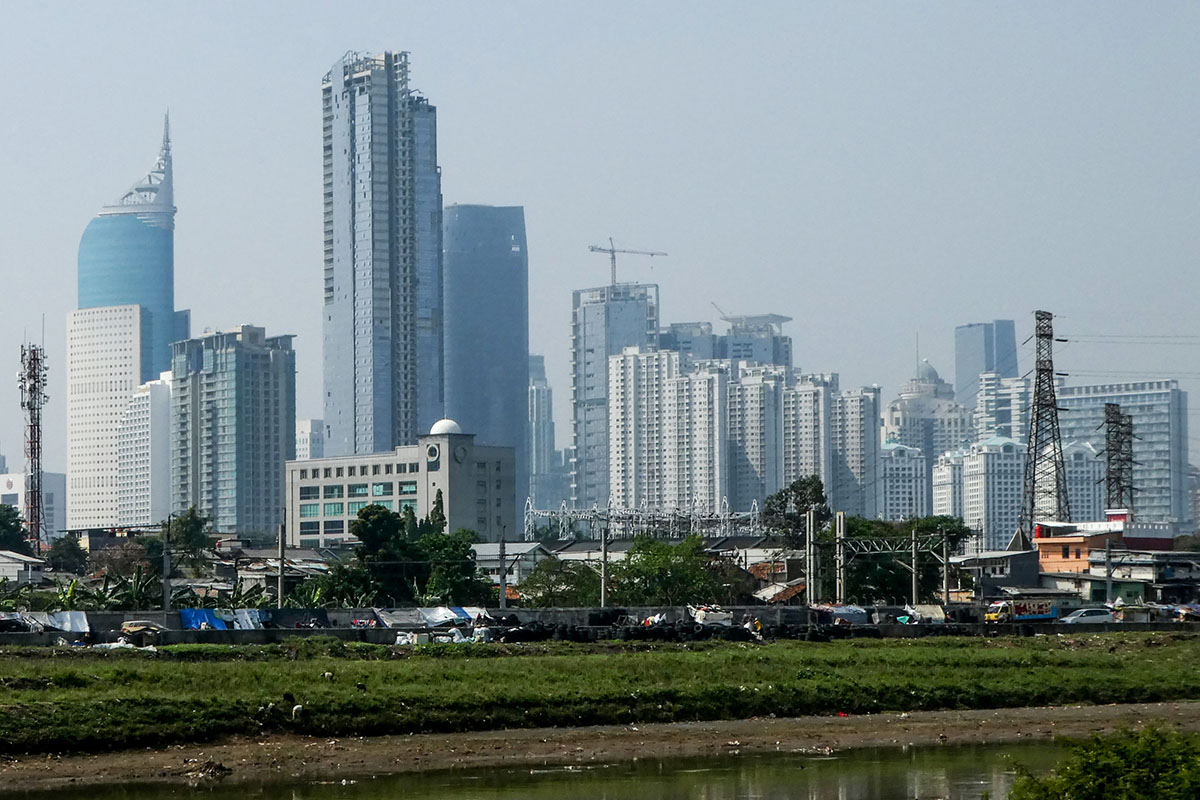Indonesia is one of the largest countries in the world in terms of both land area and population. Over the past five years, Indonesia’s urban population has increased by 53.5 percent, more than half of its total, according to Statistics Indonesia. The impact of urban population growth is directly proportional to the rise in demand for both infrastructure and living facilities in urban space, such as buildings and roads.
As such, the Republic is now looking at the construction of buildings that are energy-efficient so as to minimise negative environmental impacts and to be more cost-effective in both the short and long run. This is in line with a greater and more far-reaching plan of establishing smart cities within the country.
Indonesia’s Ministry of Communication and Information Technology and the Ministry of National Development Planning (BAPPENAS), along with other local organisations have initiated a smart city programme which is called the 100 Smart City Movement. The programme will be carried out by 2019.
Connectivity and cooling
According to Frost & Sullivan, the Building Energy Management Systems (BEMS) market in Southeast Asia is set to develop a compound annual growth rate (CAGR) of 12.2 percent to 2020. Cloud computing and the Internet of Things (IoT) are some of the next-generation IT solutions that enable the development of a new class of BEMS which offer both comfort and optimised energy performance.
The balance between productivity and sustainability is key. Due to a combination of policy support and tax benefits as well as educational and awareness programmes, the construction of smart and green buildings in Indonesia is projected to reach up to 25 percent of the market by 2025. With this in mind, most market players have begun to introduce cloud-based BEMS platforms and services.
Indonesia’s hot and humid climate creates a soaring demand for cooling systems within buildings. There is no doubt that these systems are costly and are contributors to the excessive release of chlorofluorocarbons (CFCs) into the atmosphere, leading to the undesirable consequence of the thinning of the ozone layer. Smart buildings could potentially reduce the cost of cooling and significantly decrease the amount of CFCs released. Buildings of the future must connect the various tools in an integrated, dynamic, and functional way. At its most fundamental, smart buildings deliver useful building services that enable occupants to be more productive at the lowest cost.

Source: Institute for Business Efficiency
Benefits of smart buildings
The application of optimised operation and increased efficiency in smart buildings has the potential to cut energy costs, for example, through the matching of occupancy patterns to energy use. A smart building will operate better when there are fewer people inside. Dynamic power consumption is another key factor in reducing costs that stem from overuse of resources. By taking signals from the electricity market and altering usage in response, a smart building ensures the lowest possible energy costs. Not only that, possible generation of revenue can take place by the selling of load reductions back to the grid.
Green Building Council Indonesia has identified the components within innovative building solutions. These are: building intelligence and automation, smart lighting, electrical apparatus, vertical transportation, air condition and ventilation, access and security, water and fire systems, and sustainable building materials, as well as passive building designs. The proposed smart buildings will also implement proactive maintenance of equipment where analysis algorithms will detect problems in performance before they cause expensive outages. This enables the maintenance of optimum efficiency along the way.
The combined population of Bandung, Jakarta, and Surabaya reached a staggering 16 million in 2018. On this fact alone, the need to construct smart buildings within the framework of smart cities is greater than ever. It must be said that Indonesia’s move towards the creation of smart architecture is one that is urgently required. Having said this, the Indonesian government will have to keep a close eye and monitor the progress of the aforesaid implementation so that any potential hiccups could be minimised.
